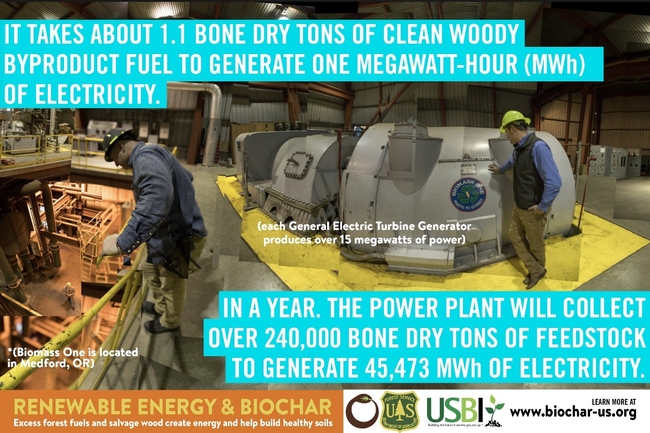- (Focus Area) Natural Resources
- Author: Milton E McGiffen
This should be interesting. Many have wanted NRCS to makebiochar more prominent in their recommendations on soil health, etc. On June 12 they will be doing a webinar
Biochar Formulation as a Soil Amendment in the Agricultural, Forestry, and Environmental Sectors
For more info and to sign up: http://www.conservationwebinars.net/webinars/biochar-formulation-as-a-soil-amendment-in-the-agricultural-forestry-and-environmental-sectors?sr=wp~mkt-whenPub
- Author: Milton E McGiffen
University of California collaborates with CDFA on the Climate-Smart Farming program. Our commitment includes several farm advisors at locations across the state, and provides support to farmers who want to adapt to the impending change in climate and do what they can to mitigate.
A summary of their programs can be found at: https://goldrushcam.com/sierrasuntimes/index.php/news/local-news/18328-uc-cooperative-extension-ramps-up-its-climate-change-response
- Author: Milton E McGiffen
North American Carbon World (NACW) is in downtown Los Angeles from April 24-26. The conference aims to bring together a wide range of participants from government to business to talk about carbon markets and climate policy.
For more details see: https://www.nacwconference.com/
- Author: Milton E McGiffen
NRCS Conservation Practice Standards are a determinant of how we farm, funding, and a variety of other things. Many in the biochar community felt the Standards sold biochar short. Well...
"Until April 25, the Natural Resources Conservation Service (NRCS) is accepting comments as part of its review of conservation practice standards mandated by the 2018 Farm Bill and designed to improve the standards and increase flexibility."
For more info, see: https://www.agri-pulse.com/articles/12077-opinion-nows-your-chance
- Author: Milton E McGiffen
Oregon Biochar Solutions Rogue Biochar
I spoke with Grant Scheve of Oregon Biochar Solutions, makers of Rogue biochar (https://www.chardirect.com/) . Rogue biochar is made from Douglas fir and pine from woody biomass from local logging and mill residues, and is thus all wood straight from the forest. Production is 45,000 cubic yards per year of 83% carbon biochar with uniform particle size, a hydrogent to carbon ratio of .25, average surface area of 500 square meters per gram and less than 10% ash content and pH of 9.5-10. pH 9.5-10.
For further information, contact:
Grant Scheve
OREGON BIOCHAR SOLUTIONS
VP Sales Cell: (541) 941-4767 Office: (541) 275-1160 www.chardirect.com



